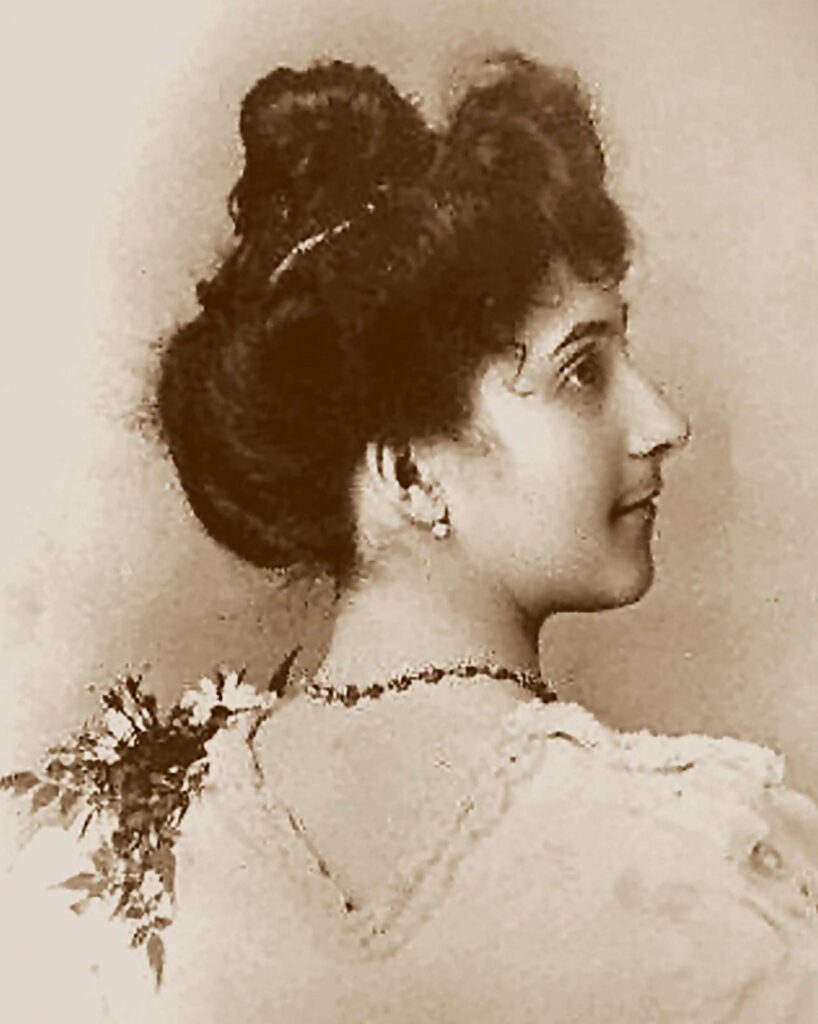Q&A
A selection of historical conundrums answered by experts

Where did people live after their homes were bombed in the Second World War?
During the Second World War, approximately 3.75 million houses in the UK (about two in seven) were damaged by enemy action. About 220,000 were destroyed. The worst destruction took place in two phases: the Blitz of September 1940 to May 1941, and the V-weapon campaign of June 1944 to March 1945.
Limited prewar preparations against air raids had focused on the danger from bombs or gas. Initially, they proved inadequate to a more mundane challenge: rehousing those who had lost their homes in the midst of a sustained bombing campaign that kept adding to their number. The Blitz forced rapid improvements. Post raid services, including social work to help with relocation, functioned well for the rest of the war. Even so, the homeless often had to rely on their own resource or initiative.
The bombed-out often preferred to stay locally if they could: they did not want long journeys to work or to lose familiar communities. Some returned to damaged houses. Scant repairs were possible in wartime: they lived with leakier roofs, boarded-up windows and cracks in the walls. Others found somewhere else to live of their own accord, searching out a place to rent or moving in with relatives. Others still were billeted by local authorities which requisitioned empty homes. By 1945 millions of Britons were living in accommodation that was more cramped and in worse condition than in the late 1930s. Housing became a major issue for postwar politics.
Daniel Todman, author of Britain’s War: A New World, 1942–1947 (Penguin, 2020)

What was the purpose of a vomitorium in ancient Rome?
Surely, with this one, the clue’s in the name – the vomitorium must have been a place to purge yourself of whatever excesses you had just indulged in? And the Romans, with their infamous dinner habits, were surely the most famous users of such facilities? Well, no. Rather, vomitoria (plural) were architectural features not of the dining rooms of the rich, but of theatres and amphitheatres.
The term was first used by a Roman writer named Macrobius in the fifth century AD. In his Saturnalia, he described how crowds of people would “spew forth” through the passages (vomitoria) that ran between the rows of seats in public venues. The dinner party misconception dates back at least as far as the 19th century, when writers and journalists spread the misapprehension because it fitted with the conception of excessive Romans that resided, and still resides, in the public imagination. On this occasion, however, the vomitorium is much more innocent than it seems.
Shushma Malik, Onassis Fellow at Newnham College, Cambridge; co-author of Mythbusting Ancient Rome (bitly.ws/zj8W)

Is it true that Bluetooth is named after a Viking king?
Yes! King Harald, who reigned in the second half of the 10th century, boasted on the famous Jelling runestone of having conquered all of Denmark and Norway. The epithet Bluetooth first crops up in the Roskilde Chronicle, written in Latin in c1140. Though the source dates from after Harald’s death, there is no strong reason to question this nickname.
Norse people had patronyms – the son/daughter of so-and-so – rather than surnames. (Matronyms were rare.) Nicknames were originally a common, and often creative, way of distinguishing between people who had the same or similar names. The women Aud the Deep-Minded and Jorunn Wisdom- Slope were named for their intelligence, but Ketil Flatnose and Svein Fork-Beard for their physical features. Walking- Hrolfr was too enormous for any horse to carry him, so he had to walk, while Ragnar Lothbrok’s nickname means “hairy breeches”, referring to a type of fur trousers that he wore.
“Bluetooth” likely referred to a dead tooth that had turned dark. In Old Norse, blár is used for a spectrum of blue-black colours, but also the metallic glint of armour and weapons, and even death itself, for example, in the expression “blue as hell”. Although being named after a dead tooth seems unsavoury, the associations between blue and weaponry or death may not have done any damage to Harald’s identity as a fearsome warrior-king.
The software was named Bluetooth in the king’s honour, for as he united many regions into one strong kingdom, so the Bluetooth technology unites separate devices with a wireless connection.
Jóhanna Katrín Friðriksdóttir, researcher and author of Valkyrie (Bloomsbury, 2020)
DID YOU KNOW…?
Fashion a la frog
An Italian scientist solved some of the mysteries of sexual reproduction by equipping male frogs with tiny trousers made from taffeta. In the 1760s, it was unclear that both male sperm and a female egg were needed to create new life. Lazzaro Spallanzani took two groups of male frogs. One group he left as nature intended, and the other he dressed in trousers. The first group mated successfully when introduced to females; the trousered frogs, their sperm contained, did not.

Movie milestone
The oldest person to appear on screen was Jeanne Calment, who was 114 years old when she had a small role as herself in a 1990 French-Canadian film about Vincent Van Gogh, entitled Vincent et Moi. Calment had known Van Gogh because, as a teenager, she had served him in her father’s shop in Arles, France. She had not been impressed. “He was ugly as sin, had a vile temper, and smelled of booze,” she later said. Calment died in Arles in 1997, aged 122.
Prize mix-up
In 1987, the secretary of the Royal Swedish Academy of Sciences rang Donald O Cram, owner of a Californian carpet-cleaning business, to tell him he had won the Nobel prize for chemistry. Mr Cram, assuming it was a practical joke, put down the phone. Five minutes later, the caller rang again, insisting that Mr Cram was a Nobel prizewinner. The misunderstanding was only resolved when Mr Donald O Cram remembered that there was a Professor Donald J Cram who worked at nearby UCLA.
Nick Rennison, writer and journalist specialising in history